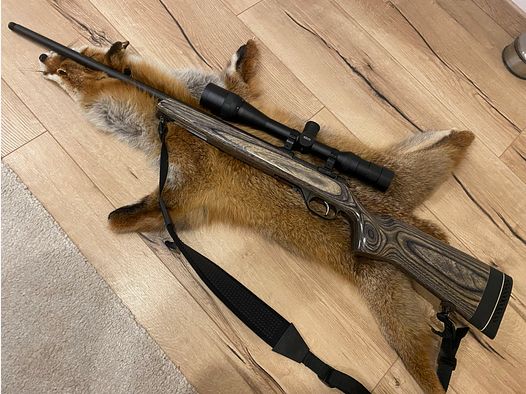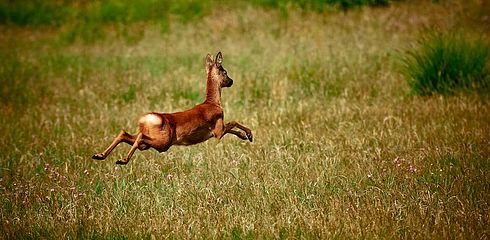The luring hunt for the fallow deer is a specialized form of hunting that requires specific knowledge and skill. The fallow deer, known for its impressive palmate antlers, differs in behavior and rutting from the red deer. This article provides a detailed insight into the luring hunt for the fallow deer.
Methods of Luring Hunt
The luring hunt for the fallow deer mainly focuses on acoustic stimuli, especially during the rutting season:
Calls and Whistles: During the rut, fallow deer produce specific sounds that can serve to attract or challenge other males. These sounds can be imitated by hunters or reproduced using special instruments.
Cracking and Rattling: Imitating the sound of fighting antlers can arouse the curiosity or fighting instinct of a fallow deer. Real antlers or replicas can be used for this purpose.
Equipment
Specific equipment is required for the luring hunt for the fallow deer:
Call and Whistle Instruments: There are various models, both handmade and commercially produced, that can imitate the calls of fallow deer.
Antler Replicas: These are used to imitate fighting deer and can be made of plastic or other materials.
Camouflage: Since fallow deer are very vigilant animals, effective camouflage is crucial. This can include special camouflage clothing, nets, and specific hides, such as high seats.
Ethical Considerations
Like other hunting methods, there are ethical aspects to consider in the luring hunt for the fallow deer:
Animal Welfare: It is important to ensure that the animal is not unnecessarily stressed and that it is quickly and humanely taken down with a shot.
Necessity of Hunting: Hunting fallow deer may be necessary to regulate the population, protect agricultural land, and maintain a healthy ecosystem. Nevertheless, the sustainability of hunting methods should always be a priority.
Cultural and Traditional Value: For many hunters, the luring hunt has a deep cultural and traditional value. It is important to consider this in the discussion of ethical aspects.
Conclusion
The luring hunt for the fallow deer is an art that requires expertise, patience, and respect for the animal. Regardless of the motives, hunting should always be conducted ethically responsibly and with consideration for the welfare of the animal and the ecosystem.





























